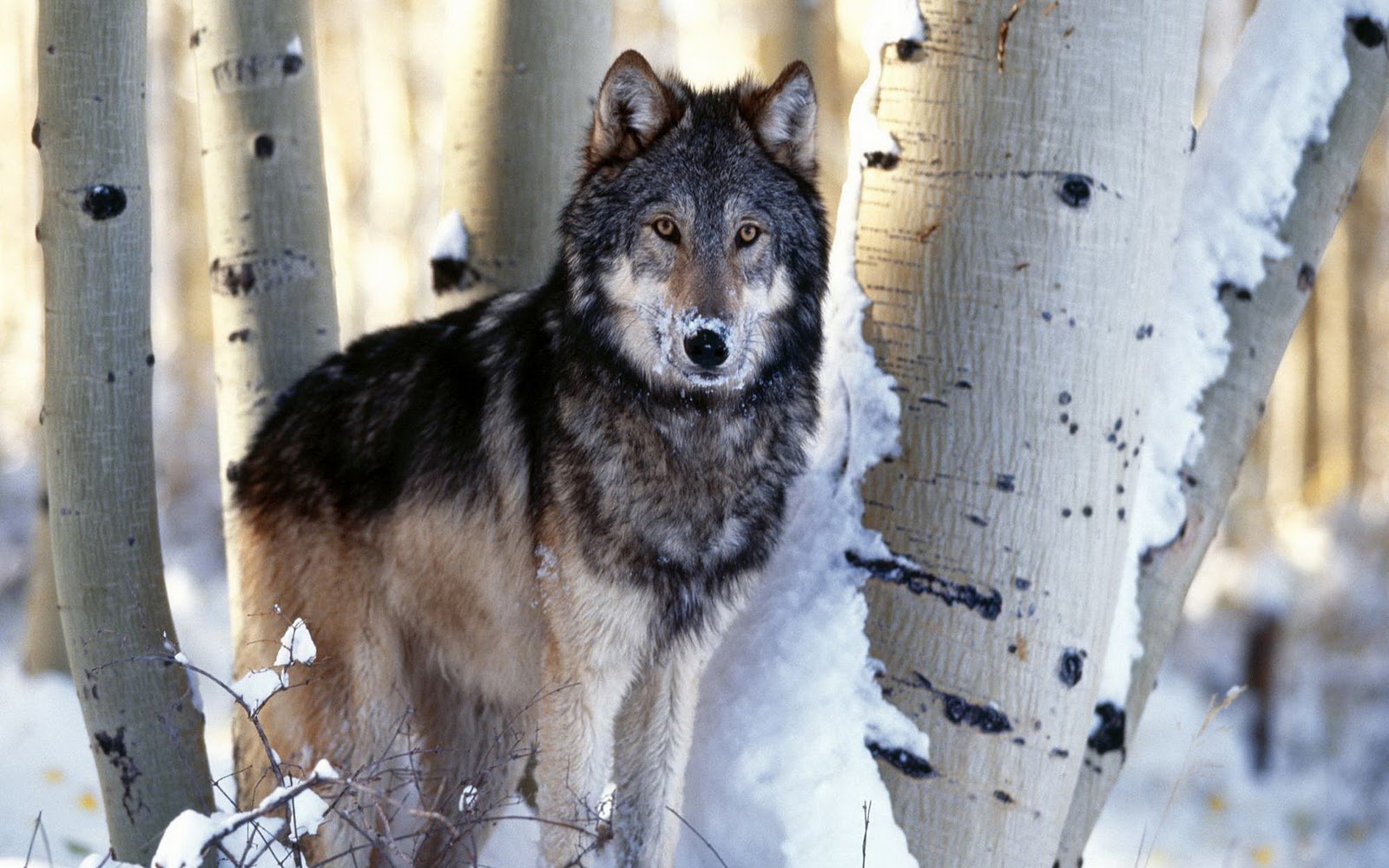

Urges the grown man to turn away from his peaceful amusements. The ravens appearance in the song of Helge Hundingsīane is to be compared with its relative the crow in Rigsthula the oneįoretells that the new-born ones path of life lies over battlefields, the other Latter in time learned, are the knowledge of bird-speech (Konr ungr klök namįuglaRigsthula, 43, 44). The parents of the child heard and understood what the raven said.Īmong the runes which Heimdal, Borgars father, taught him, and which the son of the To another raven in the same tree, and foretells that theirs and the age of the wolves has Prophetic vision it has already seen him clad in coat of mail. The day after the birth of the child, presumably through the window, seen the newcomer,Īnd discovered that he possessed "the sharp eyes of the Hildings," and with Suffering from hunger (andvanr átu) but from the high tree in which it sits, it has on The raven, to whom the battle-field will soon be as a well-spread table, is yet His significance in this respect is distinctly manifest in the The close of the peaceful epoch and the beginning of an age of strife, which ever since Halfdans (" Helge Hundingsbanes ") birth occurs,Īccording to the contents of these strophes, when two epochs meet. "We shall thrive." Drott, it is said, saw Drótt þotti sa dauglingr vera quado meþ gumnom god-ár kominn sialfr gece visi or vig þrimo ungom færa itrlauc grami. "Stendr i brynio burr Sigmundar, dægrs eins gamall, nu er dagr kominn hversir augo sem hildingar, sa er varga vinr, viþ scolom teitir. See the treatise "Mythen cm Underjorden ". Etti var at angri Ylfinga niþ oc þeirre meyio yr nunuþ fæddi hrafn gvaþ at hrafni sat a hám meiþi andvanr áto : "Ec veit noceoþ !Īmong princes. þer austr oc vestr enda fálo: þar átti lofdungr land a milli brá nipt Nera a nordrvega einni festi ey baþ hon halda. Snero þer af afli aurlaugþátto, þa er Borgarr braut i Brálundi þer um greiddo gullin simo oc und manasal miþian festo. Nott varþ i bee, nornir qvomo, þer er auþlingi aldr um scopo þann baþo fylci frægstan verþa oc buþlanga beztan ticcia.

Ár var alda, hnigo heilog votn þat yr arar gullo, af himinfjollum þá hafþi Helga inn hugom stora Borghildr borit i Bralundi. Names given by the compiler, Sigmund and Borghild. Niythic names of his parents, Borgar and Drott, have been retained side by side with the They describe Halfdans (" Helge Hundingsbanes ") birth.

Themselves in tone and character and broad treatment from the continuation of the song,Īnd have clearly belonged to a genuine old mythic poem about Halfdan, and without muchĬhange the compiler of the Helge Hunbingsbane song has incorporated them into his poem. The first strophes of the first song of Helge Hundingsbane distinguish OF THE AGE OF PEACE THE FAMILY NAMES YLFING, Teutonic Mythology by Viktor Rydberg Chapters 30-39 30.


 0 kommentar(er)
0 kommentar(er)
